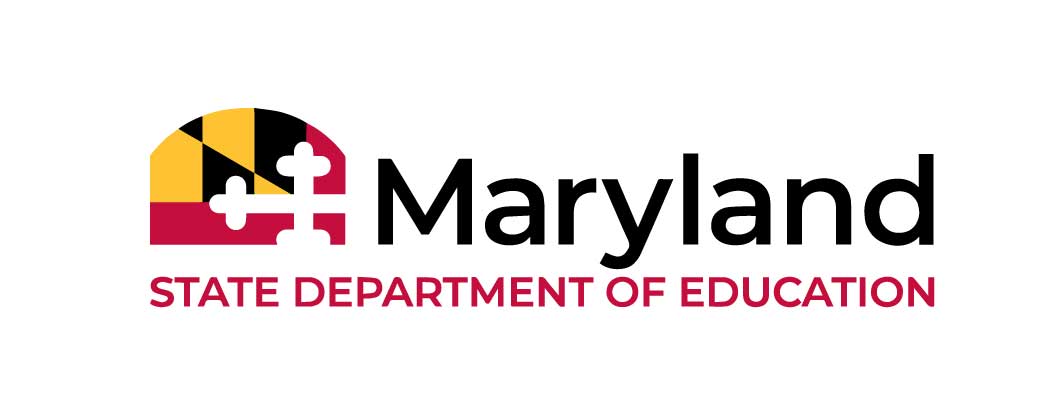Transition Talks: The IEP Secondary Transition Planning Process

Secondary transition planning is a formal process to prepare students with disabilities for life after high school. This process is key to engage students and make school relevant as they plan for adult life. The transition plan is the core of this process and a student’s road map and guide to achieve postsecondary goals. Like any roadmap, it must begin with the end in mind to identify where the student is going and what services/activities are needed along the way. The secondary transition planning process includes assessing the student’s needs, strengths, and skills to develop transition services/activities and annual IEP goals that will facilitate progress toward a successful transition to adult life.
Transition services are a coordinated set of activities based on the student’s needs, strengths, preferences and interests; and designed within an outcome-oriented process to facilitate progress toward identified postsecondary goals. It is often asked how to determine the transition services/activities that should be used. The IEP team, including the student and parents, should review the postsecondary goals and use data from the student’s Present Level of Academic Achievement and Functional Performance (PLAAFP), transition assessments and annual IEP goals to identify appropriate transition services/activities. The annual IEP goals are developed from assessments that identify the student’s needs and work with transition services/activities, not separately, to assist the student’s progress toward postsecondary goals. The coordinated transition activities should change yearly as they build on each other and become more focused as the student’s skills and needs change. It is important to keep in mind that postsecondary goals may also change over time as interests change, careers are explored and self-determination skills are developed.
It is through the IEP secondary transition planning process that all components of the IEP come together to create a secondary transition plan that meets the student’s individual needs and supports a successful, seamless transition.
Spotlight
Queen Ann’s County Public Schools
Transition Coordinator: Heather Maddy
Queen Ann’s County Public Schools (QACPS) implemented teacher peer coaching to further a system change and develop a secondary transition process that creates relevant and effective transition focused IEPs for transition-age students. QACPS Transition Specialist, Heather Maddy, said the goal is for transition plans to not only be compliant, but to be realistic and meaningful for the student. Peer coaches and case managers work together to identify the knowledge and skills each student will need to achieve his/her postsecondary goals. The IEP is then developed with a meaningful transition plan clearly incorporated throughout the document.
QACPS peer coaches work with case managers to triangulate postsecondary goals, annual IEP goals and transition activities using assessments, content and industry standards, and skills and academic gaps identified in the PLAAFP. Through this process, all IEP components work together to create transition focused IEPs that provide a plan for each student to achieve his/her postsecondary goals.
Questions to Consider
- How are you aligning transition services/activities and annual IEP goals?
- What Professional Learning is needed?
- What is the Specially Designed Instruction for secondary transition?



